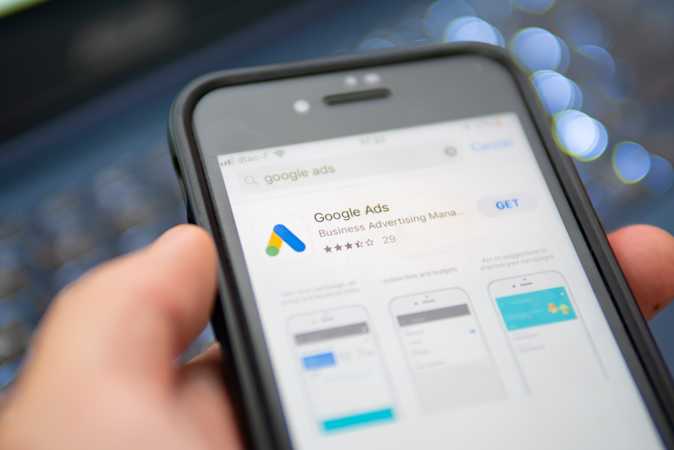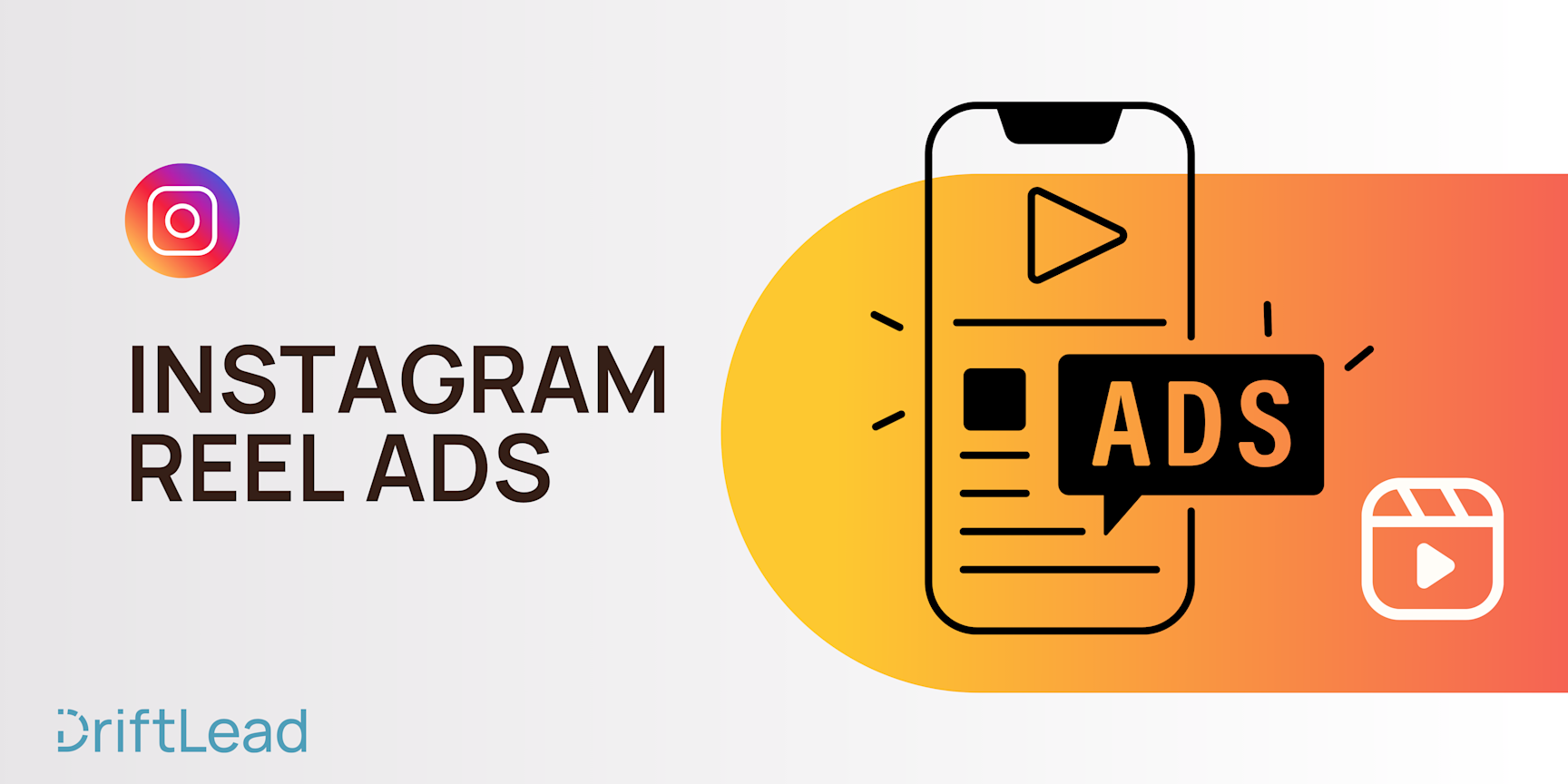What are the Three Main Factors that Determine Ad Quality, and How to Master Them
20 Apr, 2023
Learn about the three main factors that determine ad quality and how to master them in order to achieve an efficient ad campaign that will generate results.

Jump to:
#ppc
Hop on our weekly newsletter train! We're sharing tips so stellar, we're practically job-threatening ourselves!
Ad quality is a crucial component of any online advertising effort. Every advertising platform—from Google to Facebook has its own ad quality scoring method that influences your ad's ability to show in specific auctions and the price that you will pay for the impression or click (depending on the advertising channel.)
By mastering ad quality, you can spend your advertising dollars more efficiently and improve overall campaign performance. Each advertising platform prioritizes user experience and aims to ensure your campaign performs optimally. So, they instate quality score metrics to promote a positive user experience and strong performance for their advertisers.
In this article, we will discuss in more detail what ad quality is, the factors that influence it, and how you can master each.
So, What Are the Three Main Factors that Determine Ad Quality?
The three main factors that determine ad quality are relevance, landing page experience, and expected click-through rate. If you are unclear about what each of these components are, fear not—we will expand on them more in this article.
Relevance
Relevance is an ad-quality factor that evaluates how similar a user's interests and intent match the ad creative. So, in a paid search campaign, this means ensuring that your targeted keyword and ad copy align.
For example, if your ad group is targeting keywords about lead generation tools, your ad copy should not be talking about e-commerce tools. Similarly, if your business is a home improvement store, you wouldn't want an ad about paint in a window ad group.
By improving your ad relevance, you will not only improve your quality score and spend efficiency, but you will also improve your CTR (another quality score metric) and thus get more people to your landing page.
Single Keyword Ad Groups
One way to master this hurdle is to implement single-keyword ad groups (SKAGs) so that each specific keyword has hyper-relevant ads. Referencing the above home improvement example, this would allow you to deliver a super-specific ad to a user who searches for "battery-powered drill" with an ad that brags explicitly about your wide selection of battery-powered drills.
On the contrary, many advertisers will group all related products into one ad group, so someone searching for "cheap drills" will see the same ad as someone searching for "best electric drill." While Google's automated bidding has made it easier to discern the two automatically on the back end, single keyword ad groups are a foolproof way to deliver maximum relevance.
Dynamic Keyword Insertion
Dynamic keyword insertion (DKI) is somewhat controversial among PPC experts. Still, it is another way to achieve relevance without putting in the hours it takes to build out single-keyword ad groups.
We will preface that this can sometimes be a bit riskier, especially with Google changing its search term matching algorithms virtually every month. Dynamic keyword insertion allows you to (as the name suggests) dynamically insert the keyword into the ad copy. However, with broad match terms, this can sometimes be a disaster. Similarly, if you are bidding on competitor terms, it can create turbulence if not executed properly.
However, dynamic modifiers can be great for businesses that are attracting local searches. For instance, if they have 600 different locations, you can create one ad that will appease multiple searches rather than creating a new ad for every area. For example, the same ad can read "Miami's Trusted Home Store" and "Houston's Trusted Home Store" through dynamic keyword insertion.
Dynamic Ad Formats
A newer Google ad format also helps you accomplish ad relevance with the click of a button. With dynamic ads, Google crawls your website and dynamically creates an ad to satisfy a user's search intent in real-time. This feature can be powerful but also has its cons. That's why it's a good idea to consult with an expert (like us) before trying to employ dynamic ads yourself.
Landing Page Experience
The second main factor that determines ad quality is landing page experience. Simply put, landing page experience refers to your ad's ability to serve users' needs after they initially click. While this particular quality score component is a little less cut and dry, there are several things you can do to improve this drastically.
Ad Relevance
Relevance is a recurring trend that you will see among all quality score influencers. This is because Google wants to ensure that users find what they are looking for when searching on their platform, and this remains true from the initial click down to the final conversion.
Just as your ads should be relevant to your keywords, your landing page must be relevant to your ad. As you can imagine, it doesn't make a great user experience if someone is searching for a Toyota Rav 4 and ends up on a page about a Toyota Camry.
Your landing page should complement your ad creative and, presumably, the user's initial search. This is the first step to nailing your landing page experience.
Clear CTA
Studies show that a clear CTA (call to action) can drastically improve conversion rates and create a better experience for users who land on your page. Google and Facebook both reward advertisers with a clear call to action in their ads and landing pages.
We recommend having more than one on the landing page, having various buttons throughout your landing page, and testing different CTAs. This will tell you which your users are most receptive to so you can better optimize toward what's working.
Clear Conversion Path
A CTA means nothing without a way for a user to convert. Whatever your target conversion (calls, forms, or transactions), there should be a clear way to do it on your landing page. If your objective is to drive form completions, you should have a lead form on your page that is easy to use.
If you're in the lead generation business, we generally suggest giving users the option to convert by form or phone call. But sometimes, one of these will prove to be more valuable than the other (i.e., convert better), so you should prioritize the more valuable action over the other.
Similarly, if you are an e-commerce business, your user better be able to make a purchase or pre-order on your landing page.
CRO (Conversion Rate Optimization)
Conversion rate optimization is a marketing method that aims to continually improve the rate at which clicks result in conversions on your landing page or website.
A successful CRO campaign often involves testing the above items and other elements on the page (text, colors, imagery, etc.) to create the most optimal landing page experience for conversions.
When you feed your conversions back into your advertising platform (which you should be doing), your average conversion rate also influences the landing page experience and, thus, overall quality score.
If thousands of people are clicking on your ad, but none are converting, the platforms will assume that you are not meeting the needs of your clickers.
CRO is a service that we specialize in at DriftLead so if you're interested in learning more, get your marketing plan today
Expected CTR
The final factor that determines ad quality is the expected CTR or click-through rate. In other words, how likely is it that a user who sees your ad will click on it? CTR indicates to the advertising platform that the ad is high-quality and engaging and—in the case where you are paying on a CPC basis—is more profitable to the platform. Therefore, having a solid click-through rate is essential to mastering ad quality.
Expected CTR is calculated based on historical clickthrough-rate performance, and for new campaigns, it is an estimate based on an AI assessment of the ad strength and relevance.
Ad - Keyword Relevance
We touched on this briefly above, but the first way to improve your click-through rate and, thus, expected click-through rate is to ensure that your ad is relevant to its associated keyword or group of keywords. For example, if you are an automotive dealership bidding on SUV keywords, you don't want the ad to talk about sedans. Users want to click on ads that directly relate to their search, so having relevant ad creative is essential for earning clicks.
The same is true with display and social campaigns but with audience targeting. Your ads should be designed with your target audience in mind. For example, a young adult will not want to click on an ad that shows senior citizens using your product, so your visual ads must be relevant to your audience.
Engaging Ad Creative
Relevance is one part of driving clicks to your ad, but the other is ensuring that the creative is actually engaging and makes people want to click or learn more. You can make your ads engaging by including humor, unique selling propositions, and a clear call to action.
Improve Your Ad Campaign Efficiency
Now that you understand the three main factors that determine ad quality, you can be one step closer to improving your campaign performance and spend efficiency. At DriftLead, we specialize in online advertising and can help you improve your ad quality and help you reach your business goals through digital channels.






